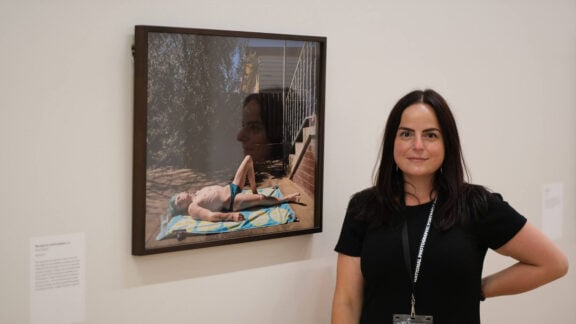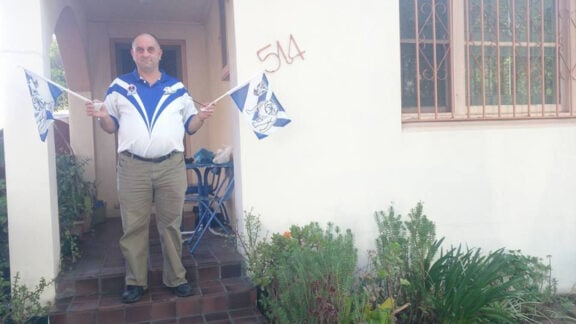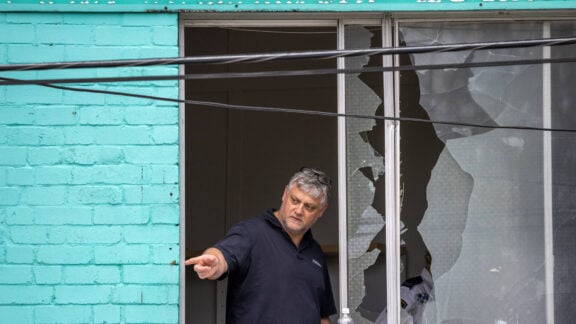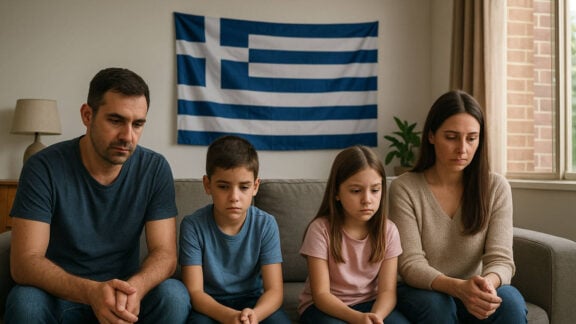The World Health Organization (WHO) has made the strong call to action for the monkeypox outbreak, declaring it a global health emergency.
The decision was announced on Saturday 23 July, by the WHO Director-General Tedros Adhanom Ghebreyesus in response to “an outbreak that has spread around the world rapidly, through new modes of transmission, about which we understand too little and which meets the criteria in the International Health Regulations.”
It is reportedly the first time such a decision was made despite a lack of consensus in expert recommendations, with the UN Health agency chief saying he acted as “a tie breaker” and conceding there were “divergent views”.
Critics of the decision argue the outbreak is not as severe to deserve the attention and that wealthy countries already had the funds required to battle monkeypox.
But WHO emergencies chief Michael Ryan said the declaration was made to ensure the current outbreaks are dealt with seriously.
Beyond drawing attention, global health emergency declarations serve as a plea to attract more funds, including from donors like the World Bank, in an outbreak response both in Western countries and the African continent where monkeypox is endemic in 12 countries.
The latest announcement states that the risk globally has been assessed as moderate except in Europe where it has been assessed as high, and “there is also a clear risk of further international spread.”
The current outbreak of monkeypox, a virus that spreads through close contact with an infected person has now expanded in more than 70 countries with cases surpassing 16,000.
The European region has the highest concentration of cases, with almost 12,000, and the highest increase over the past week (just over 2,705).
The first case in Australia was reported on 20 May with dozens identified in the weeks after to this day.
Globally, there have been five confirmed deaths from the virus, which is similar to but less severe than smallpox.
Symptoms of monkeypox, include fever and lesions and usually last for two to four weeks.
Most people recover without needing medical attention, but lesions can be painful and leave scars.








